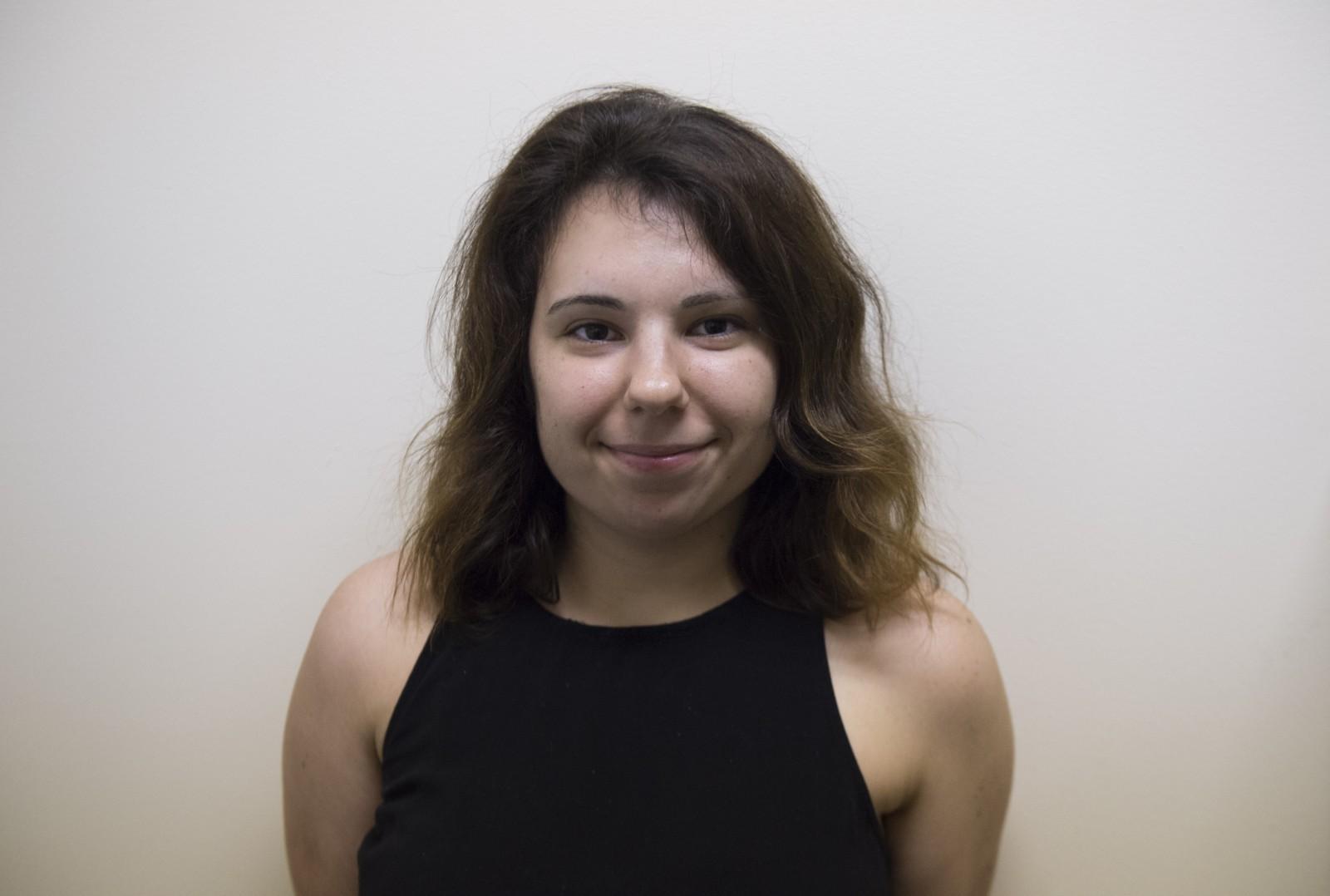More than 2.5 million dissenters, including women, men and children, gathered in cities, suburbs and even the South Pole. They stood for women’s rights and voiced against a president they feel embodies misogyny and pure unadulterated hate. The turnout was remarkable but, most importantly, drastically different from the typically case. Usually, protests and marches are postmarked with community organizers, politically engaged students and relatively experienced activists who are fiercely devoted to the cause. The Women’s March, though, turned out a whole lot of people from union leaders to grandmothers to little boys to Black Lives Matter activists.
Why so many and why so diverse? Probably due to a mix of President Donald Trump’s inauguration, the bonafide Hillary Clinton’s failure and social media.
The massive crowds drew critique and reaction from activists and organizers. Their main and very valid question: where were all of you? I marched, resisted and worked for years, and you never came.
First and foremost, the concern is completely valid. Women’s rights, when considered under the umbrella of snappy signs and cute pink hats, are fun and sexy. The soft and fuzzy optics not only ensure a peaceful protest, but look good in a Facebook album. People want to make snappy signs and wear pink hats and have a good time.
However, typical protests and marches aren’t as fun, or pretty or safe. They can become violent, not because the protests promote or engage in violence, but because police are more likely to use force on people of color and other marginalized activist groups. They’re not as convenient and they take more work than hopping on a bus or walking from Boston University to the Boston Common.
So what do we do — turn away marchers and duck back into concentrated activism? Or embrace them and risk tending social justice goals in an unfavorable direction? There is one choice and that is to put feminism in its rightful place.
To do that, we have to unpack its history. Throughout all of American history, women have played quite a role. Though many considered women docile creatures of a unique and separate domestic sphere, they have always been concerned with the public arena and their role in respect to larger society.
Mary Wollstonecraft wrote “A Vindication of the Rights of Woman,” arguing that women ought to be educated in order to embody and spread necessary republican values to their children. In later years, Susan B. Anthony worked hard throughout the 19th century for a woman’s right to vote, and Betty Friedan wrote a novel commenting on the depressing conditions of 1950s housewives who were confined to antidepressants and their homes.
There’s a dark side to the feminism we learned about in grade school. All the women I listed above are white, concerned mostly with furthering the immediate cause of those around them rather than women of all races and creeds. There was, however, a serious opportunity for intersectionality and a cohesive social movement. However, after the 15th Amendment was passed without mention of women’s suffrage, feminists gave into bartering realpolitiks and allied with pro-slavery Democrats. The death of an intersectional feminist movement is postmarked by Susan B. Anthony’s famous quote: “I will cut off this right arm of mine before I will ever work or demand the ballot for the Negro and not the woman.”
It’s only gotten worse. “White feminism” is what they call it, but “cis feminism” or “straight feminism” can substitute the term, if necessary. It means focusing on certain kinds of women while simultaneously neglecting others. It writes feminism into a box and assumes things it ought not to assume. Take, for example, the march’s spotlighting of vaginas. It doesn’t do very much for women who don’t have them.
Feminism’s rightful place is an inclusive one. It has to understand its own comprehensive history, the good and the bad. A conscious feminist goes to Black Lives Matter protests because black women are affected by police brutality. He and/or she phone banks for DREAMers and is against the repeal of the Affordable Care Act because it will take away hormonal therapy for trans people. He and/or she is inclusive and understands that economic justice is social justice, therefore supporting a living wage, robust social security and Medicaid benefits. He and/or she understands that sex equality can very well include reproductive justice, sexual health education and anti-workplace discrimination.
Even more specifically, intersex (between the sexes) equality means intrasex (within the sexes) equality. Feminism ought to concern itself, primarily, in necessarily elevating and marching alongside black women, trans women, gay women, Latina women, Muslim women and indigenous women. Only a united and cohesive social movement will curb authoritarianism and the rolling back of key rights.
























































































































